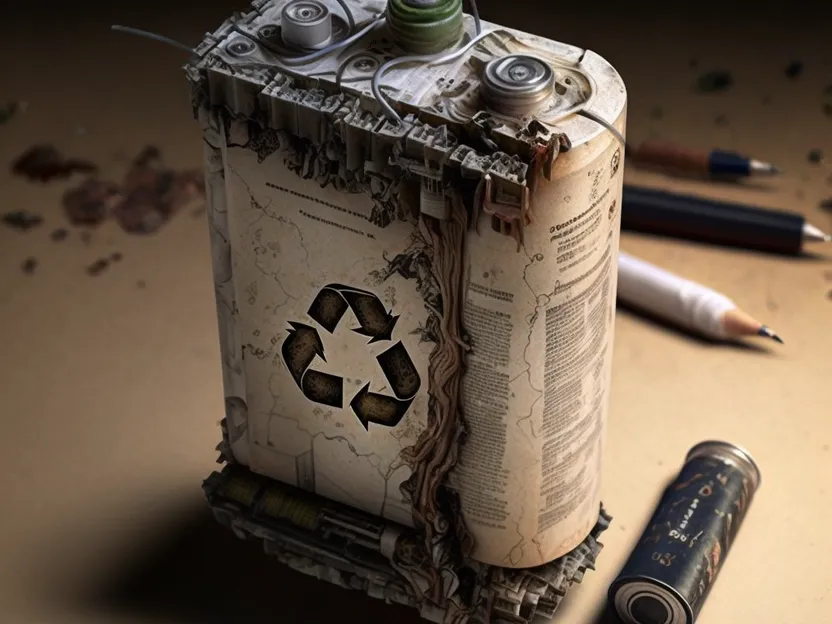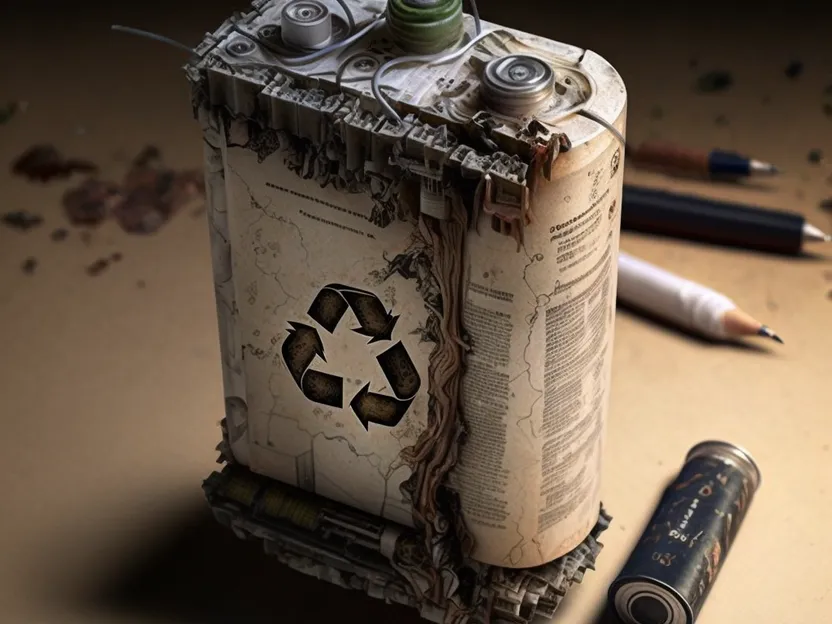
Through a process called carbonization, which converts paper into pure carbon, the Nanyang Technological University (NTU) researchers turned the paper’s fibers into electrodes, which amazingly can be made into rechargeable batteries that power mobile phones, medical equipment, and electric vehicles. In other words, converting waste papers into battery parts used in smartphones and electric vehicles

The team started by heating the paper at really high temperatures until it broke down into pure carbon, some water vapour, and a bit of oil that can actually be turned into biofuel. They found that because this carbonisation process happens without oxygen, it releases almost no carbon dioxide. That makes it a much cleaner and greener alternative to burning Kraft paper the usual way, which normally pumps out a lot of greenhouse gases.
When they put the battery to the test, the carbon anodes made by the research team turned out to be tougher, more flexible, and better performing overall. Lab results showed that these anodes could handle around 1,200 charge and discharge cycles — which is about twice the lifespan of the anodes used in today’s phone batteries. Another impressive thing is how much physical stress they can take. Batteries using the NTU-made anodes can absorb crushing force up to five times better than typical batteries on the market, making them far more durable.

The team’s method of converting waste papers into battery parts used in smartphones and electric vehicles also adopted the use of less energy-intensive processes and heavy metals compared to current industrial methods of manufacturing battery anodes. Since the anode is worth (10–15)% of the total cost of a lithium-ion battery used in development, It is said that this latest method, which uses low-cost waste material, is expected to also bring down the cost of manufacturing energy sources.
When asked about this latest discovery by them, the team head replied; “Using waste paper as the raw material to produce battery anodes would also ease our reliance on conventional sources for carbon, such as carbonaceous fillers and carbon-yielding binders, which are mined and later processed with harsh chemicals and machinery.”
Conclusion
These team of scientists who are converting waste papers into battery parts used in smartphones and electric vehicles are very brilliant. They have identified a problem; Paper waste, which comprises disposed paper bags cardboard, newspaper, and other paper packaging, accounted for nearly a fifth of the waste generated in Singapore in 2020. Kraft paper bags alone accounts for the majority of Singapore’s paper wastes, These were found to have large environmental footprints when compared to wastes generated by cotton and plastics. Also, due to their greater contribution to global warming when incinerated and the eco-toxicity potential in their production. What a way to save the world!
So you tell us what you think? Do you think this is an amazing discovery? Can it make the global warming effect reduce in regions like Asia and Singapore to be specific? Leave us a comment in the comment section below.

